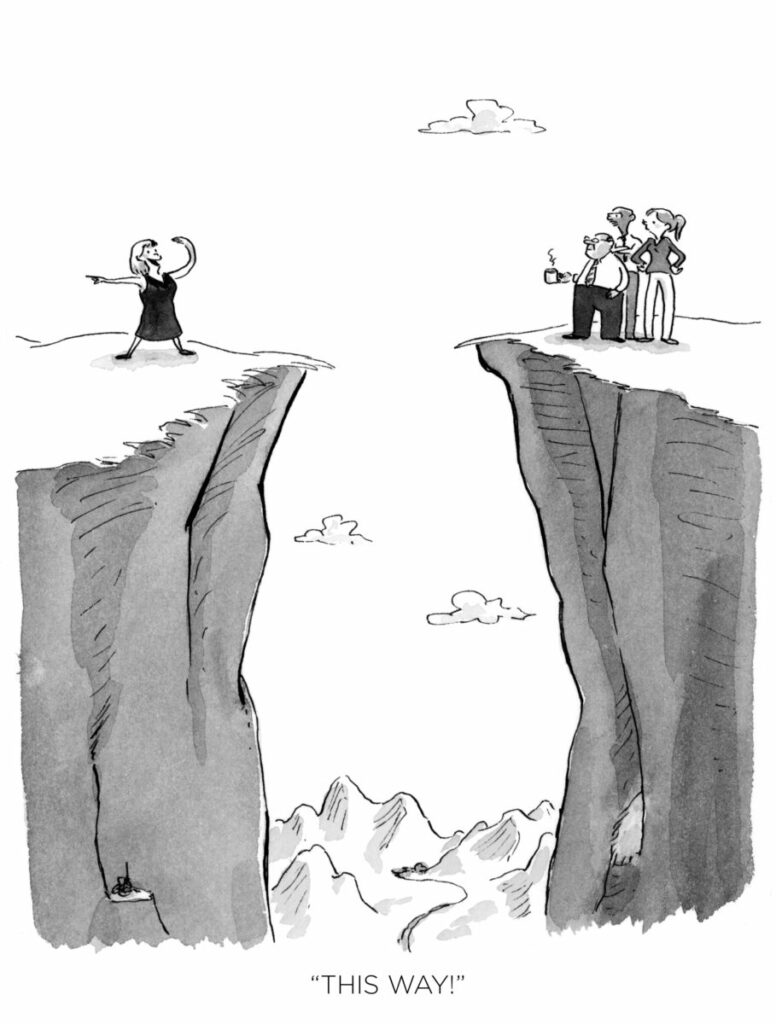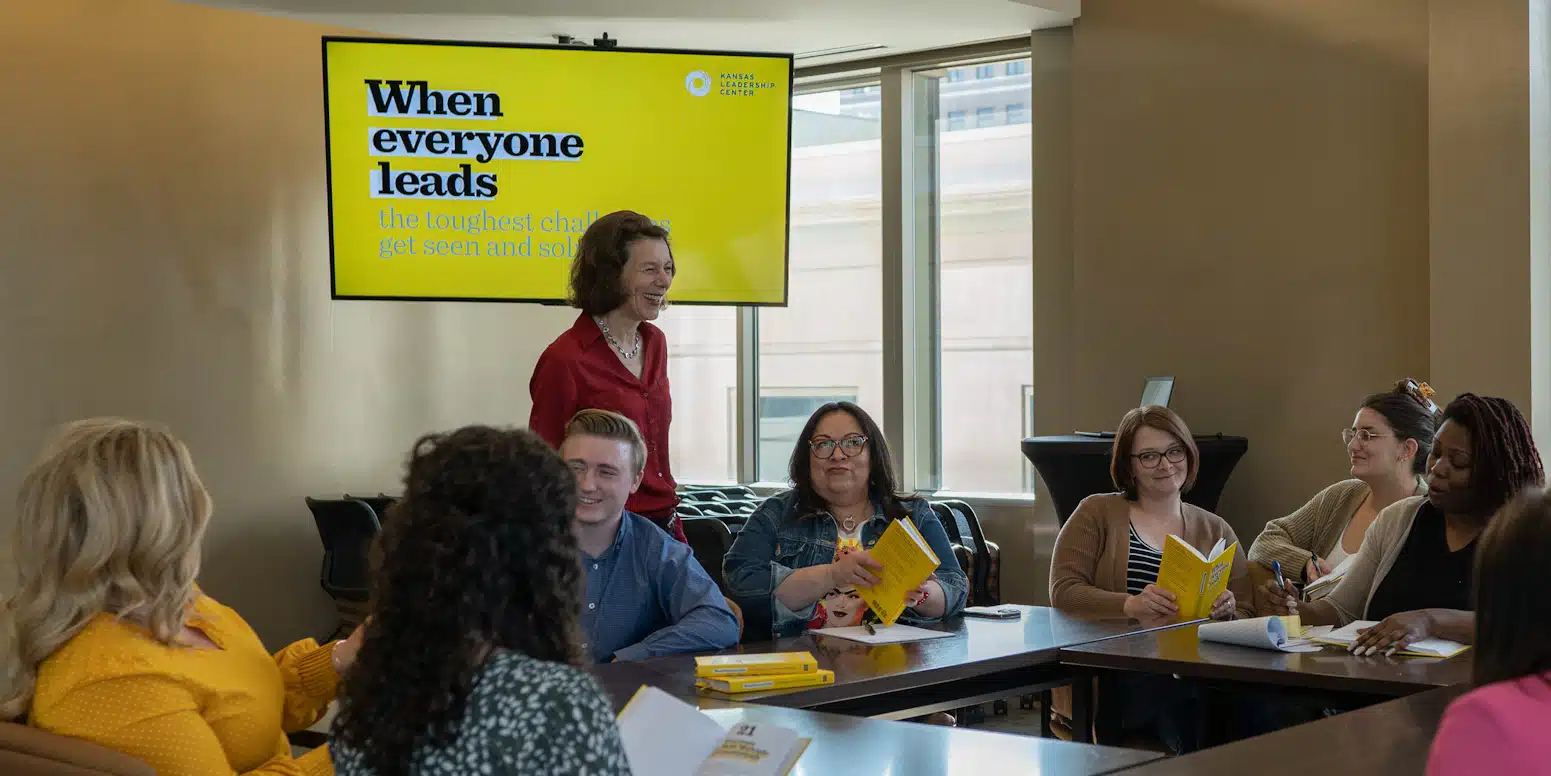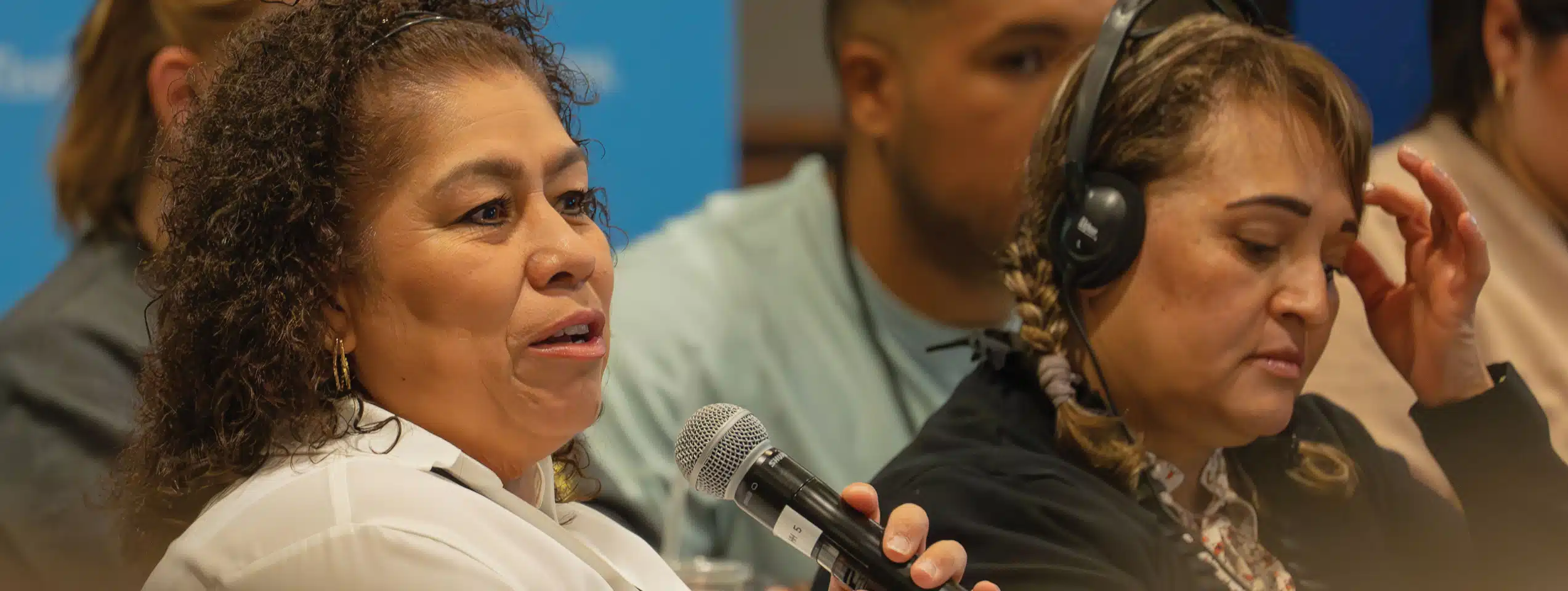There will be people who don’t feel the same sense of urgency about your adaptive challenge as you do. There will be factions who have other priorities, and people who are not ready to subject themselves to the loss that could come with change. There will be people who feel threatened by your vision for change. There will be voices who could have joined you, but instead get raised against you, because you didn’t take the time to start where they are.

What Could Possibly Go Wrong?
Consider this example: A group of influential people in a mid-sized city launch an after-school program to serve a certain demographic of high school girls. They feel existing programs (Boys & Girls Clubs, Big Brothers Big Sisters, Boy Scouts, Girl Scouts, and other locally based youth organizations) aren’t adequately supporting the unique needs and aspirations of the young women they care about most. They confidently plow ahead, planning and promoting a new program without engaging or considering the perspectives of those other youth-serving groups, the foundations and corporations that fund existing programs, or even the girls they hope to serve with their new initiative.
What could possibly go wrong?
Or another example: You are promoted and now you head the department you’ve worked in for years. It’s exciting times and you can’t wait to change up reporting structures, implement loftier goals than your predecessor, and make your team’s output the envy of new peers in other departments. You celebrate briefly with your colleagues before setting out for your home office. There, you spend three days drafting the plan complete with flow charts, pictures and slides showing clearly how each person’s role will change with the new system.
What could possibly go wrong?
Bring Empathy, Patience, and Will To Compromise
Starting where they are assumes you’ve done your diagnostic homework. You’ve put some effort into identifying who needs to do the work. You understand their needs and priorities and have a pretty good idea who stands to lose if you are successful. You’ve entertained all the answers to that question: What could possibly go wrong?
With any significant challenge, you’ll need to energize some factions to step up and start exercising leadership in their spheres of influence. Other factions you may need to meet halfway, compromising your vision of success enough to neutralize their biggest fears.
Disappointing, perhaps, but true. Leadership on the toughest challenges facing our families, communities, organizations, and even our nation, requires radical empathy and a willingness to compromise. It also takes patience. Remember, it took months, years, even decades or centuries to create the problem. No one can fix it, solve it, clean it up or plan it away overnight.
When you start where they are, your overriding goal can’t be pushing through your own agenda. Rather, it must be energizing others to take up their part in solving a tough adaptive challenge. And know that when the work is adaptive, progress won’t look like a straight line from A to B and on to your fabulous, predetermined Z. When you successfully start where they are, you are willing to let other people’s priorities influence your own.
What Does It Look Like to Start Where They Are?
When you take action to start where they are, people experience you as someone who has done your best to see the world through their eyes. Starting where they are looks like intentionally choosing the way you listen, the questions you ask and the processes you create to help energize others to help make progress on an important challenge. Starting where they are means bringing your beginners mind.
You won’t know how people feel about the challenge, whether they share your concerns or care about your aspirations, until you ask them.
Try it. Ask them. See what happens. Does the energy shift? Do learn something? Do relationships change in ways that could be more productive? What happens when you start where they are on your challenge?
A start–where–they–are leadership move (we’d call it an experiment) could be initiating a conversation in which you seek to understand and find ways to mitigate the risks they face by getting involved in your cause. What would that move look like in the example of the influential people who want to start yet another youth program? What would that move look like for the new department head who wants to change the culture and increase the output of their team?
What would it look like for you on your most important challenge? For practical tips for starting where they are and getting out of your own way when you attempt to energize others, check out page 113 in Your Leadership Edge by Ed O’Malley and Amanda Cebula.
Start Where They Are, Not Where You Wish They’d Be
Constantly ask questions and work to understand what people are feeling: their attitude toward the problem, their fears, the competing values they are juggling and what’s important, annoying or really upsetting about the change you seek to make in their world. With any adaptive challenge, be prepared to shift your approaches as you learn more about what is on the minds and hearts of the people you seek to mobilize.
Starting where they are is never a “one and done” leadership behavior. It is a move we come back to over and over when doing adaptive work. Especially when uncertainty is high and the situation is changing quickly, it is an act of leadership – stay curious and focus on energizing others.


